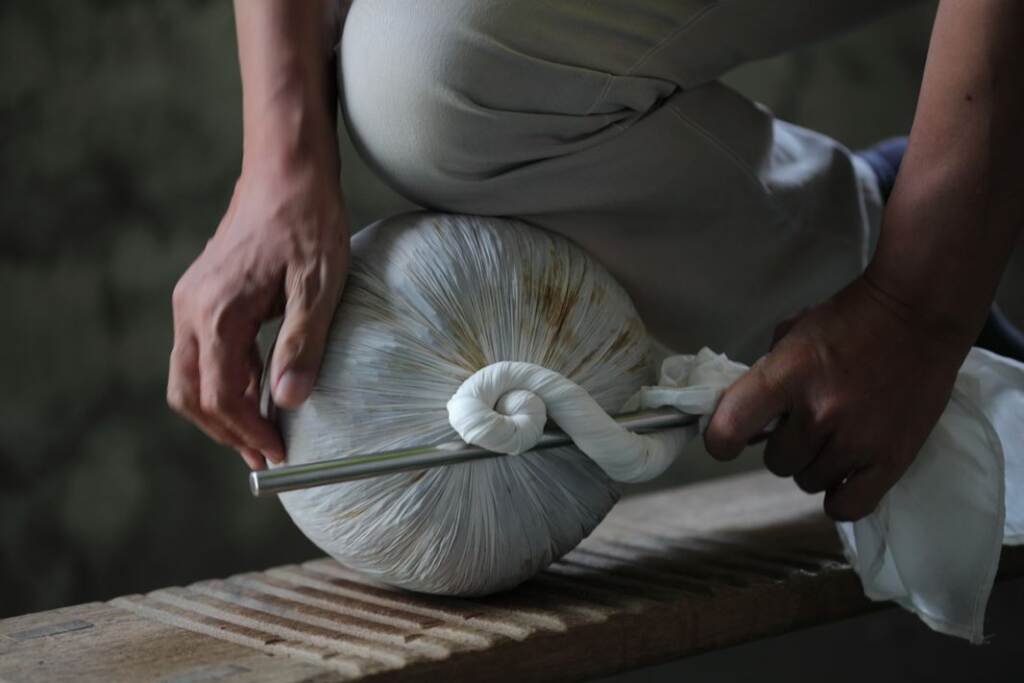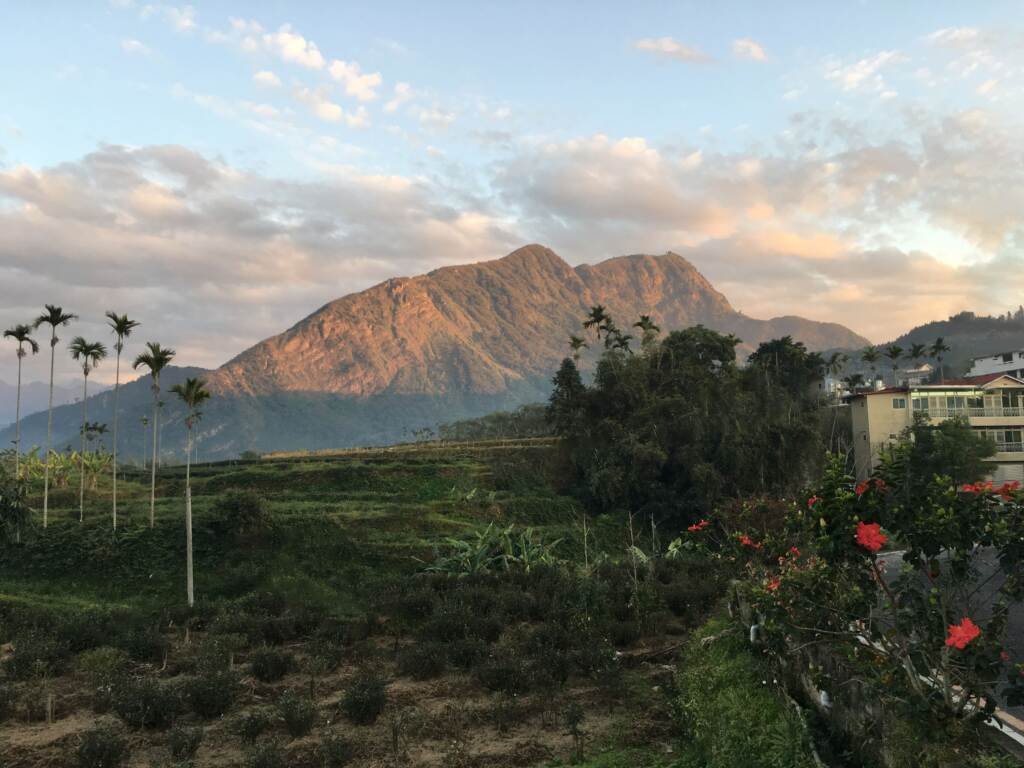The origin and production area of Dong Ding Oolong Tea
Dong Ding Oolong Tea has a history of over a hundred years and is one of Taiwan`s famous teas. Many people might think that Dong Ding is the name of a tea brand, but in fact, Dong Ding refers to a mountain. Dong Ding Mountain is located in Lugu Township, Nantou County, Taiwan. Literally, it means a very cold mountain top, but a more accurate explanation requires interpretation in the Minnan dialect. Dong (verb): comes from the action of scratching the soil with one`s toes. Ding (noun): mountain top. Because the soil on Dong Ding Mountain is moist and slippery, it is easy to slip while climbing without shoes. Climbers must rely on the strength of their toes to grasp the soil to make their way up the mountain. “Huangyintu” is the local term for the soil, signifying its color and characteristics of good drainage, which is conducive to the growth of tea plants. Dong Ding Oolong Tea comes from three villages: Fenghuang Village, Zhangya Village, and Yonglong Village. Fenghuang Village is named for its location at the foot of Phoenix Mountain, where most of the villagers are surnamed Chen and Zhang, marking the origin of the mountain tea visit. Phoenix Mountain Tea, a native Taiwanese tea species, grows here. Due to its strong taste and low yield, it is less commonly consumed. The Huangyintu soil of Dong Ding Mountain, along with the warm climate and strong sunlight, contributes to the thick, mature floral fragrance of Dong Ding Oolong Tea; if the tea leaves are roasted, it results in a strong aftertaste and a full-bodied flavor.
The production and fermentation level of Dong Ding Oolong Tea
The production method of Dong Ding Oolong Tea is derived from Anxi Tieguanyin and belongs to the semi-ball shaped wrapped tea production method. Between 1939 and 1941, Wang Taiyou and Wang De introduced the techniques of kneading and roasting in Nantou.
The complete production steps of Dong Ding Oolong Tea are as follows:
Picking > Outdoor withering (sunlight withering) > Indoor withering (stirring/fermenting/oxidizing) > Killing green > Rolling > Ball rolling > Drying > Roasting. Unlike other Oolong tea production methods, Dong Ding Oolong Tea leaves are picked when they are more mature, and undergo sufficient fermentation, which means a longer indoor withering time and more stirring. This process produces tea leaves with a green leaf body and red edges, classifying it as a medium-fermented Oolong tea. The purpose of picking more mature leaves is to ensure that the leaves can withstand multiple stirrings without damage.
Dong Ding Oolong Tea features a medium level of fermentation and incorporates a roasting process, making it a semi-ball shaped wrapped tea. The term “semi” implies a shape close to spherical, achieved through the ball-rolling and shaping process. The ball-shaped Oolong tea, due to repeated pressing and post-fermentation, has a richer flavor. This also contributes to the tea`s sweetness on the return (aftertaste). After the ball-rolled tea leaves are roasted, the sweetness of the aftertaste is enhanced, the tea soup color becomes a deep amber, and it has an aroma similar to that of cooked rice, referred to as “nuo mi xiang” (sticky rice fragrance) or sometimes described as “you gou wei” (greasy dirt taste).
The traditional flavor of Dong Ding Oolong Tea is characterized by “cooling throat sensation, lingering sweetness, and greasy dirt taste.” Moreover, due to the lower moisture content in the tea leaves and the stabilization of the chemical substances within, the tea can be stored for a long time, becoming an aged tea with a smooth throat feel.
Is Dong Ding Oolong Tea expensive? What is a reasonable price range?
Due to its complex production process, Dong Ding Oolong Tea is generally more expensive than green and black teas. Prices for Dong Ding Oolong Tea can range from 1,000 to tens of thousands of Taiwan dollars per jin (600g), depending on factors such as tea garden management, production techniques, and storage duration. If the tea has won awards in competitions, its price can be significantly higher. For instance, a jin (600g) of tea that wins the first prize in the Lugu Farmers` Association competition can sell for as much as 300,000 Taiwan dollars.






Add comment